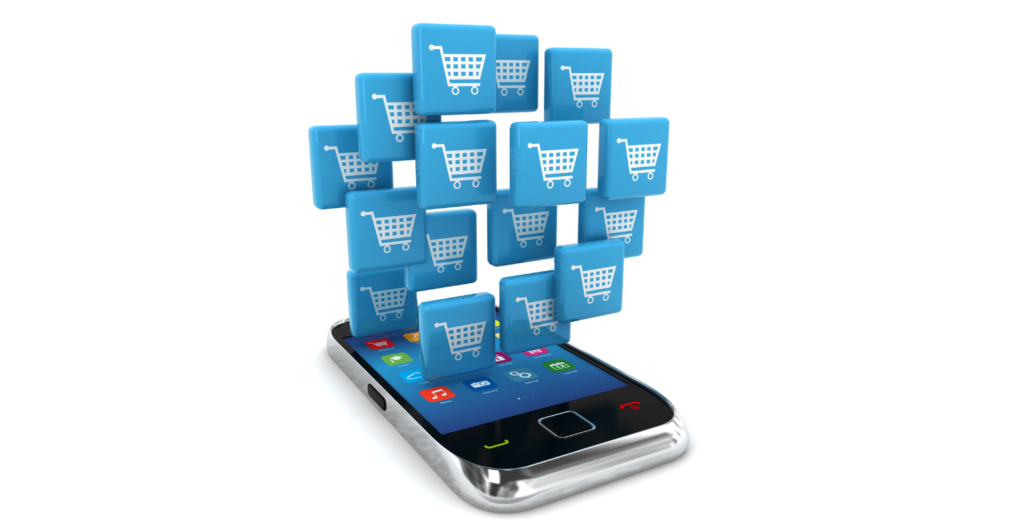 Chloe Riley is the Executive Editor of Supermarket News, which delivers the ultimate in competitive business intelligence, news and information for executives in the food retail and grocery industry. A graduate of the School of Journalism at Columbia College Chicago, Chloe previously served as a Digital Strategist at SEO firm Profound Strategy, Associate Editor at B2B hospitality mag HOTELS Magazine, as well as CEO of her own digital strategy company, Chlowe.
Chloe Riley is the Executive Editor of Supermarket News, which delivers the ultimate in competitive business intelligence, news and information for executives in the food retail and grocery industry. A graduate of the School of Journalism at Columbia College Chicago, Chloe previously served as a Digital Strategist at SEO firm Profound Strategy, Associate Editor at B2B hospitality mag HOTELS Magazine, as well as CEO of her own digital strategy company, Chlowe.
What does it take to be great at grocery ecommerce? While big guns like Walmart and Target lead the way in delivery and curbside pickup, other retailers, including Albertsons, Food Lion, and H-E-B, are also performing well in certain areas of online grocery, according to a report from Ipsos. Albertsons, for instance, was named as a “Brand to Watch” in a recent Ipsos ecommerce report, which cited improvements for the retailer in both delivery and curbside pickup. Albertsons was also among the top performers in multiple areas of the report, with the most critical performance piece being customers’ indication that they would use the retailer’s service again.
In other online grocery news, Instacart unveiled a semi-surprising partnership with Uber Eats in May. “In general, the arrangement creates a new source of revenue, with high margins, for Instacart while it exposes Uber Eats in theory to a larger customer pool,” David Bishop, partner at Brick Meets Click, told Supermarket News. So what does the partnership mean for grocers? Well, it could lead more food retailers to consider working with existing restaurant delivery networks.
Uber Eats first started offering grocery delivery in July 2020, when demand for grocery ecommerce was at its height during the early days of the COVID-19 pandemic. It has continued to promote the service even though it faces strong competition, not only from companies like Instacart and Shipt, but also DoorDash, which recently said its grocery-delivery business has doubled in the past year. Food for thought.


